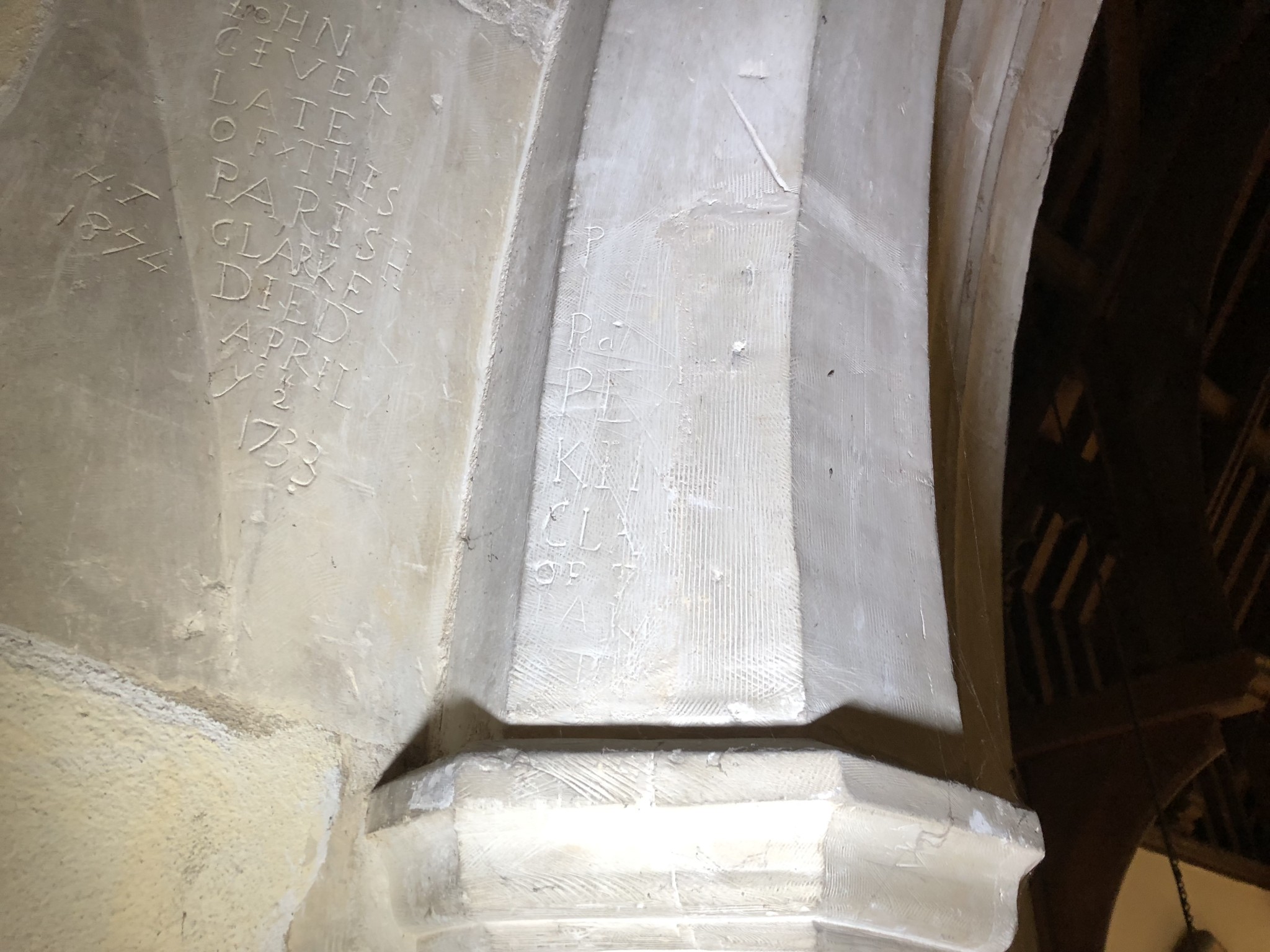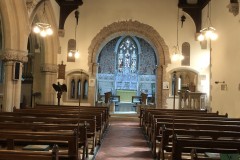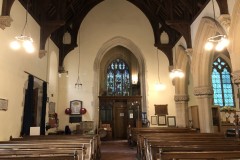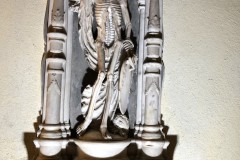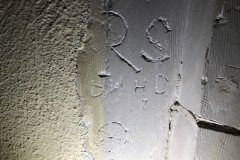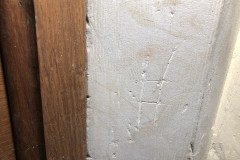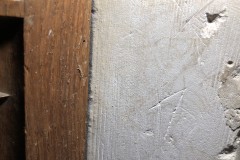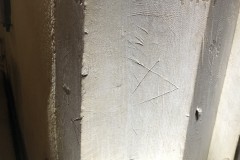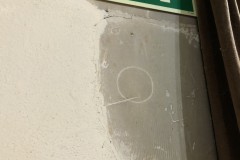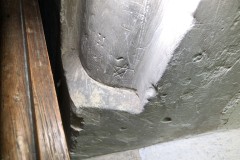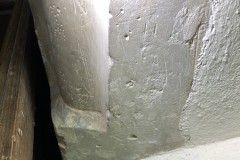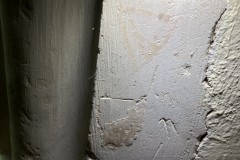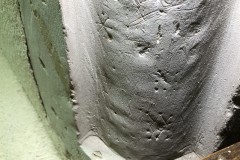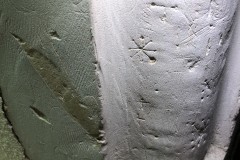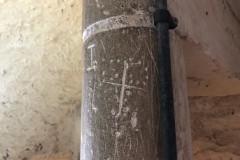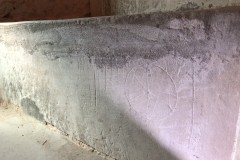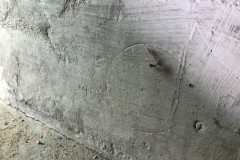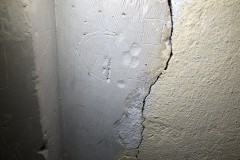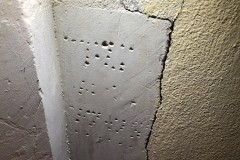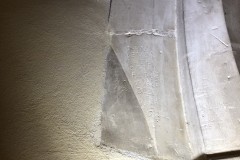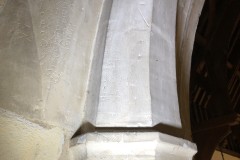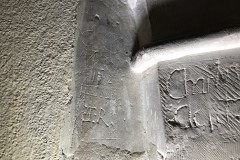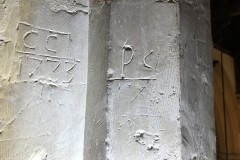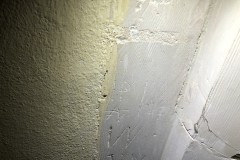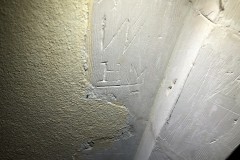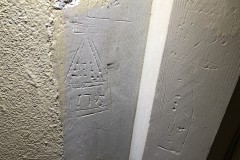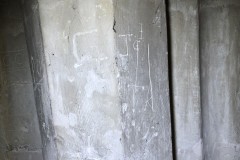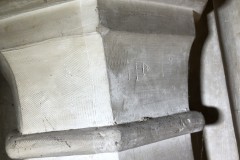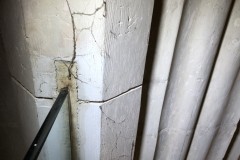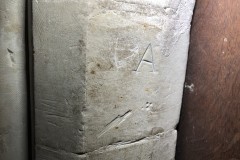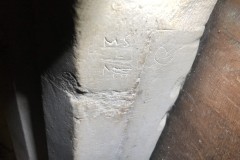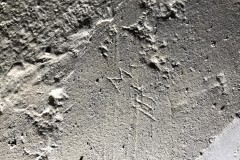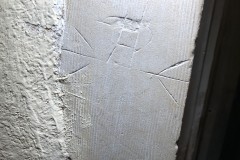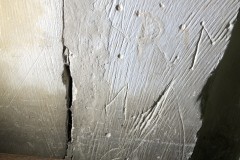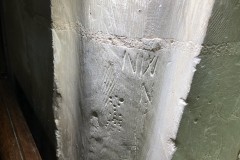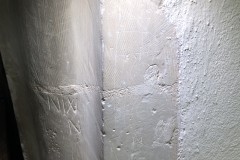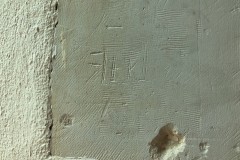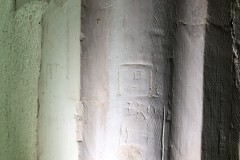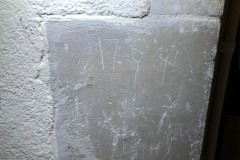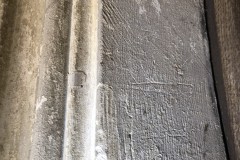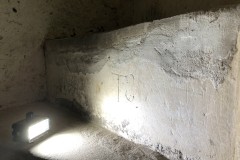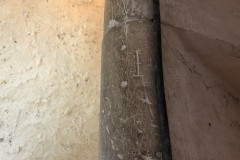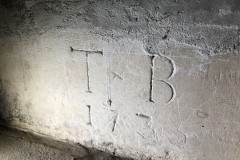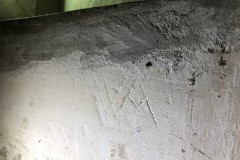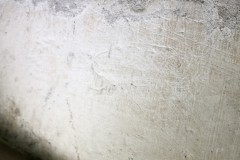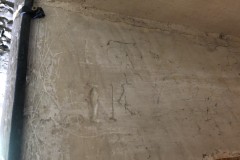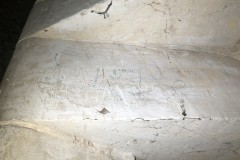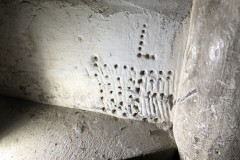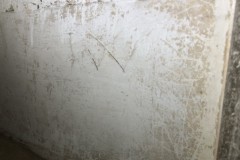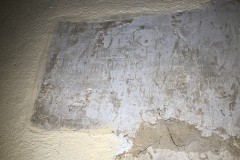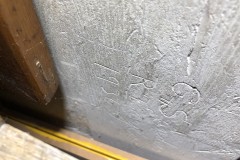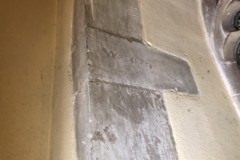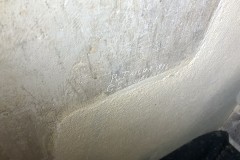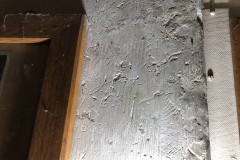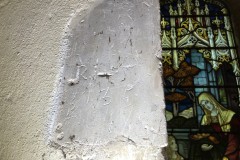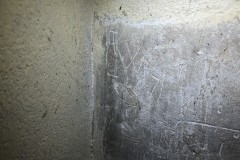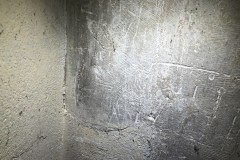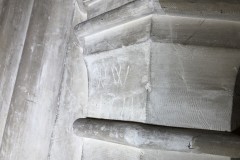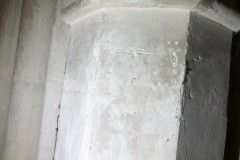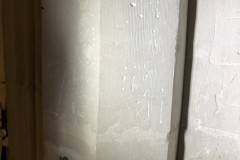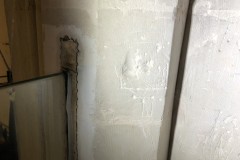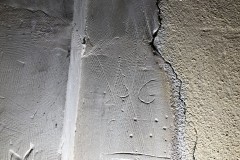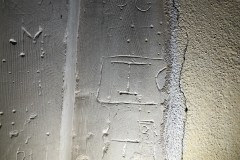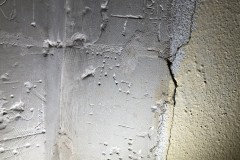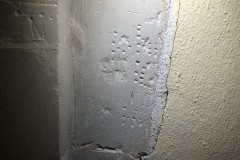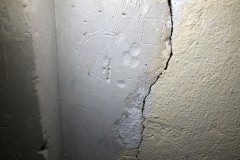St Giles, Great Hallingbury, Essex
The church of St Giles dates back to the 11th century with a 14th century tower and evidence of roman bricks in the chancel arch. The north aisle and porch dates to the late 19th century, as does the decoration of the east wall.
However, the church is more famous for its inhabitants than its architecture The landowning Parker family, the lords Morley, were prominent at court in Tudor times. Jane Parker married George Boleyn in the church and became sister-in-law to Anne Boleyn by doing so. When George became Viscount Rochford, Jane became Lady Rochford and it is by that name that she became somewhat infamous for bearing witness against her husband during the investigations leading to the execution of George and Anne Boleyn. Jane also got caught up in the adulterous romance of Catherine Howard, Henry VIII’s fifth wife, and was executed alongside Catherine in 1542. Legend has that a female head at the foot of the Morley Cadaver Tomb is a tribute to Jane.
If that wasn’t enough for one parish, William Parker, 14th Baron Morley, was one of those responsible for the discovery of the Gunpowder Plot. William, a catholic, was warned in a letter by one of the plotters not to attend the opening of Parliament. He passed the letter on to James I and the Gunpowder plot was subsequently discovered and stopped.
The graffiti in the church is confined to the south chancel window, the tower arches and the tower stair.
The protective graffiti is made up of several small pentagrams by the window, the tower arches and the south doorway. There is a compass drawn daisy wheel by the tower door and two daisy wheels on the stair risers in the tower. These latter daisy wheels are on stairs directly beside the tower windows. There is also a small nine-holes merel and a couple of Marian marks by the chancel window.
The rest of the graffiti is made of up names and initials. Most of the dates belong to the 18th century. The standout engraving is one high up on the tower arch, memorialising ‘John Civer, late of this parish, clarke, died April ye 2 1733’. To the right of that inscription is another one that appears to be of a similar format but the details have been lost. There are a lot of dot patterns among the names and initials but they appear to be part of the construction methods for the letters.
Report by Anthea Hawdon
The church is usually open on Saturday mornings.
St Giles Church,
Church Road,
Great Hallingbury,
CM22 7TZ.
Search terms: C, 1765, squares, IC, HV, HD, RR, other marks, T, B, TG, IR, M, PG, B, SG, N, other marks, M, dot parks, dot marks, R, dot marks, WW, 1711, W, H, IW, 7, RI, 1735, R Taylor, 1936, G Sanders, 1936, W Love, Taylor, 1936, G Sanders, 1936, Sanders, Taylor, urch e, 936, AM, 9.6.33, suck, K, RR, 18 March, Sunday, niles, 1905, IG, R, WA, TB, 1735, x, WKC, MSW, 1952, Cross, TS, pentagram, 1754, crosses, 8 pointed cross, WA, merel (9 holes), Marian marks (M), CD, 1722, IRA, BT, N, pentagram, faint head outline, N W, N, dot pattern, rectangles, hatch mark, MS l MU, love heart, IP, G, T, I, TR, memorial, I W, 1703, I, 17, RS, JW, HF, daisy wheel, CC, 1733, PC, 17, John, CC, 177, IR, 1702, P, Pa, PE, KI, CLA, of, John Giver, late of this parish Clarke died April ye 2 1732, HI 1874, TC, 1705, G

